TL;DR
- Traditional appraisal methods form the core of early HR practices, commonly used in formal, structured organizations like public sector bodies and large enterprises.
- Key methods include: Confidential Reports, Essay Method, Ranking & Paired Comparison, Checklist & Graphic Rating Scale, Critical Incident & Forced Distribution, and Field Review.
- These methods offer structure and historical continuity but can lack transparency, personalization, and modern tech integration.
- When applied correctly, especially with expert support from firms like TeamLease, traditional methods can still provide actionable insights into workforce management.
Introduction
Before the introduction of modern, tech-driven tools, traditional methods were the backbone of employee evaluations. They not only influenced promotion and compensation decisions but also played a role in identifying training needs and developing career paths.
These methods remain significant in many sectors, particularly where consistency, historical continuity, or formal documentation is valued. Let’s explore the key traditional appraisal techniques still used today, along with their strengths and shortcomings.
1. Confidential Report
Commonly used in government and public sector organizations, the confidential report is a top-down method where supervisors prepare structured, confidential evaluations about subordinates. These reports are typically not shared with employees and are meant for administrative decisions.
Key Features
- Prepared annually by immediate superiors
- Covers key attributes like integrity, behavior, attendance, punctuality, and work quality
- Maintained confidentiality often only accessible to senior HR or management
Advantages
- Encourages honest and candid feedback from superiors
- Ensures consistency across similar roles in public institutions
- Useful in bureaucratic settings where formal documentation is vital
Limitations
- Highly subjective due to a lack of transparency
- Employees are not given feedback, limiting opportunities for growth
- Can be biased or influenced by the personal opinions of the appraiser
In such cases, having a reliable partner like TeamLease to provide expert guidance in revising appraisal methodologies can ensure transparency and objectivity.
Let’s tackle the essay method next!
2. Essay Method
In the essay method, supervisors write a detailed narrative about an employee’s performance. This includes both strengths and weaknesses, achievements, attitude, behavior, and potential.
Key Features
- No fixed format—supervisor provides descriptive feedback
- Allows expression of detailed observations over time
- Often used in combination with other methods
Advantages
- Offers in-depth, qualitative insights
- Flexible and adaptable to various job roles
- Captures nuances of employee behavior and soft skills
Limitations
- Time-consuming for managers handling large teams
- Lack of standardization makes comparisons difficult
- Heavily reliant on the writing skills and objectivity of the appraiser
Let’s take a look at how ranking and paired comparison methods stack up in contrast.
3. Ranking and Paired Comparison Methods
These comparative methods rank employees either overall or in pairs. They are especially useful when organizations need to identify top and bottom performers in a clear-cut manner.
Key Features
- Ranking: Employees are listed from the highest to the lowest performer
- Paired Comparison: Each employee is compared to every other employee in pairs to determine overall rankings
Advantages
- Simple to understand and implement
- Cost-effective and doesn’t require complex systems
- Helps differentiate between high and low performers clearly
Limitations
- Can foster unhealthy competition
- Demotivating for those consistently ranked low
- Doesn’t account for individual role differences or team dynamics
TeamLease offers solutions that focus on collaborative growth, minimizing competition-related concerns while still identifying top talent.
Now, if you’re into something more standardized, the checklist and graphic rating scale methods might be your cup of tea.
4. Checklist and Graphic Rating Scale Methods
Both methods offer standardized ways to evaluate employees based on specific performance traits, such as teamwork, punctuality, communication, or leadership.
Key Features
- Checklist Method: A list of yes/no questions to assess specific behaviors or outcomes
- Graphic Rating Scale: A visual scale (e.g., 1–5 or poor to excellent) to rate employee attributes
Advantages
- Quick and easy to administer
- Offers uniformity in evaluations across departments
- Facilitates data collection and comparison
Limitations
- May lead to oversimplification of complex performance aspects
- Susceptible to rating biases (e.g., halo effect, leniency)
- Doesn’t explain why a rating was given—lacks depth
5. Critical Incident and Forced Distribution Methods
These methods focus on specific actions or categorize employees into predefined performance groups.
Key Features
- Critical Incident Method: Managers document noteworthy positive or negative incidents
- Forced Distribution: Employees are sorted into categories (e.g., top 20%, middle 70%, bottom 10%)
Advantages
- Encourages regular observation and documentation
- Highlights actual work-related behaviors and outcomes
- Forced distribution encourages performance management among average performers
Limitations
- Relies on managers’ consistency in documenting incidents
- Forced ranking may unfairly categorize competent employees
- Can create workplace tension and lower morale
TeamLease can support managers in maintaining effective performance documentation, fostering a culture of recognition and improvement.
6. Field Review Method
The field review method involves a third-party evaluator—typically from HR—interviewing an employee’s direct supervisor to assess performance. This helps introduce neutrality and minimize bias.
Key Features
- Conducted by HR professionals or external consultants
- Involves structured interviews with supervisors
- Results are compiled into formal evaluations
Advantages
- Reduces individual rater bias
- Provides a broader, more objective perspective
- Encourages standardization across departments
Limitations
- Resource-intensive and time-consuming
- Success depends on the supervisor’s ability to provide clear feedback
- May lack immediacy if evaluators aren’t closely familiar with day-to-day work
Want to know how these traditional methods fare against modern methods? Let’s dive into the comparison.
Traditional vs. Modern Appraisal Methods
While traditional methods of performance appraisal have laid the foundation for structured evaluation systems, modern methods are designed to meet the demands of dynamic, collaborative, and digitally driven environments.
Here’s a closer look at how these two approaches compare, their core features, and when each may be more suitable.
| Aspect | Traditional Methods | Modern Methods |
| Frequency of Appraisal | Typically annual or biannual | Continuous or real-time feedback |
| Evaluation Style | Top-down, supervisor-led | Multi-source (360-degree), peer, self, and manager feedback |
| Documentation Method | Manual, paper-based reports or forms | Digital platforms, performance management software |
| Focus Area | Past performance, rule adherence | Goal achievement, skills development, innovation |
| Criteria Flexibility | Standardized for all roles | Customizable based on job responsibilities and KPIs |
| Employee Involvement | Passive; feedback rarely shared | Active; employees participate in self-assessment and goal-setting |
| Use of Technology | Minimal | Extensive use of cloud-based tools, AI, and analytics |
| Data and Metrics | Subjective observations and checklists | Quantifiable metrics, goal tracking, performance dashboards |
| Development Orientation | Focuses on judging performance | Focuses on coaching, learning, and growth |
| Bias Susceptibility | Higher risk of rater bias, favoritism | Reduced bias due to multi-rater input and data-backed evaluations |
When to Use Which?
| Use Traditional Methods When… | Use Modern Methods When… |
| The organization is large, hierarchical, or bureaucratic | The company is agile, digital, or fast-paced |
| Roles and performance criteria are clearly standardized | Roles are flexible or project-based |
| The focus is on compliance, attendance, and rule-following | The focus is on innovation, growth, and adaptability |
| Limited access to performance management software exists | Technology integration is part of the company culture |
| HR wants a documented process for formal records | HR wants actionable, continuous improvement from feedback |
Explore how TeamLease can integrate cutting-edge performance management systems for a paperless, efficient appraisal process.
Ready to figure out which approach suits your team best? Let’s dive into the details!
Choosing the Right Performance Appraisal Method for Your Company
Selecting the right appraisal method depends on your company’s size, industry, goals, and team structure. Here’s a quick guide to help you decide:
1. Government & Public Sector
Best Fit: Confidential Report
- Ideal for formal, top-down reviews
- Use when documentation and hierarchy matter most
2. Large Corporates
Best Fit: Checklist or Graphic Rating Scale
- Great for consistency across large teams
- Use when you need scalable, time-efficient evaluations
3. Startups & Agile Teams
Best Fit: Essay or Critical Incident Method
- Provides flexibility and depth
- Use when roles are dynamic and require personalized feedback
4. Creative or Collaborative Roles
Best Fit: Paired Comparison or Critical Incident
- Useful for capturing individual contributions
- Use when teamwork and innovation are key performance indicators
5. Bias-Sensitive Environments
Best Fit: Field Review Method
- Offers objectivity via third-party input
- Use when neutrality and fairness are top priorities
6. KPI-Focused Roles (Sales, Tech, etc.)
Best Fit: Graphic Rating Scale or MBO
- Measures progress against clear targets
- Use when performance is quantifiable and goal-driven
Let TeamLease help tailor these methods to your unique organizational needs, ensuring alignment with your strategic goals.
Conclusion
Traditional methods of performance appraisal have long provided structure and accountability in employee evaluations. Whether it’s the detailed narrative of the essay method or the comparative clarity of ranking systems, these techniques form the foundation of performance management in many organizations.
Want to build a performance appraisal strategy that balances structure and innovation?
TeamLease can help. With deep expertise in aligning people, processes, and technology, TeamLease empowers organizations to drive workforce transformation through the right HRM strategies.
Connect with TeamLease today to streamline your performance evaluation process and build a thriving workforce.
FAQs
1. Why are traditional appraisal methods still used today?
They offer a structured, standardized approach suited for government bodies, hierarchical organizations, and industries requiring formal documentation or regulatory compliance.
2. What are the biggest limitations of traditional appraisal methods?
Most traditional methods lack real-time feedback, are often top-down, and are susceptible to rater bias and subjectivity.
3. Can traditional methods be combined with modern approaches?
Yes. Many organizations use a hybrid approach—starting with traditional evaluations and layering in real-time feedback, peer reviews, or goal-based metrics.
4. Which traditional appraisal method is best for large teams?
The Checklist and Graphic Rating Scale methods work best for large organizations due to their ease of use, scalability, and uniformity.
5. How can companies ensure fairness in traditional appraisals?
Using field review methods or introducing third-party evaluators can reduce bias and ensure objectivity in performance reviews.







